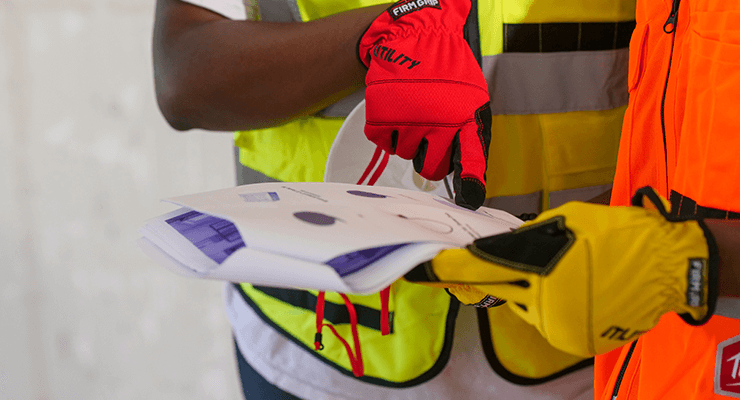

How to Assess Radiation Safety Needs for Emergency Response
In the face of radiological threats, planning ahead with the right training, equipment and protocol is vital to the safety of your community and responders. Whether you are creating a new safety program or improving a current one, your needs will differ depending on your area’s risk level.
To determine if your area is at low, moderate or high risk, you must first consider potential radiation sources and what factors increase the likelihood of an emergency occurring in your district.
Potential Radiation Sources
- Nuclear pharmacies and radiopharmaceutical manufacturers
- Nuclear medicine and radiation oncology clinics
- Blood bank and research irradiators
- Industrial sources (sterilization facilities, pavement density gauges, mining, oil refineries, etc.)
- Nuclear reactors (power, military, research, etc.)
External Sources – Facilities close to your district
- Nearby nuclear reactors
- Large radiological facilities
- Potential targets within close proximity
- Transportation of radioactive and nuclear material through your district
- Access to transportation hubs and routes (ports, major air hubs, interstate highways, etc.)
Targets of a Potential Terrorist Attack
There are several factors that can make your response area more likely to be the target of a terrorist threat. For higher risk areas like these, preparedness is of the utmost importance. Your team will need more intensive training and instrumentation in addition to everything needed for low- and moderate-risk areas. The goal is to stop these potentially disastrous scenarios before they happen, so the highest level of safety measures is required.
To find out if your area may be at higher risk of a terrorist threat, ask the following questions:
- Is your city location widely known in the U.S. and overseas?
- Do you have high-profile events (e.g. major sporting or cultural events)? If so, how frequently?
- Has your city been a terrorism target in the past?
- Are you close to any major radiological and/or nuclear facilities?
- Are you home to any major military facilities?
- Are there any other major governmental facilities in the area?
Building a Safety Program Using the Point System

Once you have answered these questions and considered radiation sources, you can use a point system to determine whether your district is at low, moderate, or high risk. Add one point for each potential source or target within and around your response area. The total number will help you establish the threat level so you can begin building or bolstering your safety program.
🟡 Low Risk (< 3 points) – General Radiation Safety Program
A general radiation safety program with baseline requirements is suitable for a low risk area. Your team should have a trained, regulator-approved Radiation Safety Officer to organize and implement the safety program, as well as training systems for personnel.
Ensure that you have the proper licensing for handling and storing radioactive material, and registration for having radiation-generating devices such as X-ray machines. Personnel should have a basic understanding of dosimetry devices.
🟠 Moderate Risk (3-10 points) – Interdiction Program
If your district is at moderate risk, your team needs the right tools to be able to stop an attack before it happens. This includes having fixed instruments at major chokepoints (toll booths, bridges, tunnels, etc.) and mobile instruments for personnel and vehicles, so radiation can be detected before it can be used as a weapon. Set up a central monitoring location so response to potential threats can be quick and efficient.
Your team should have Tier II personnel who can operate detection devices with minimal training, and Tier III personnel who are trained to use more complicated devices.
🔴 High Risk (> 10 points) – Response Program
Along with the same requirements of the Interdiction Program, a Response Program helps to prepare teams in high-risk areas for radiological threats of any size. Since they may be responding to an incident once it has already happened, your team should be equipped with the highest level of instruments for their own health and safety.
Coordinate your Response Program with the state and/or federal government and medical facilities so emergency response can be carried out safely and effectively. A Community Reception Center plan, complete with the necessary equipment like handheld meters and portable monitors, should be in place to monitor exposure levels.
Our checklist can be a helpful guide on assessing risk level and equipping your department with a safety program.
Download Radiation Preparedness Checklist
Contact Mirion for expert support on equipping your team for radiation response.


